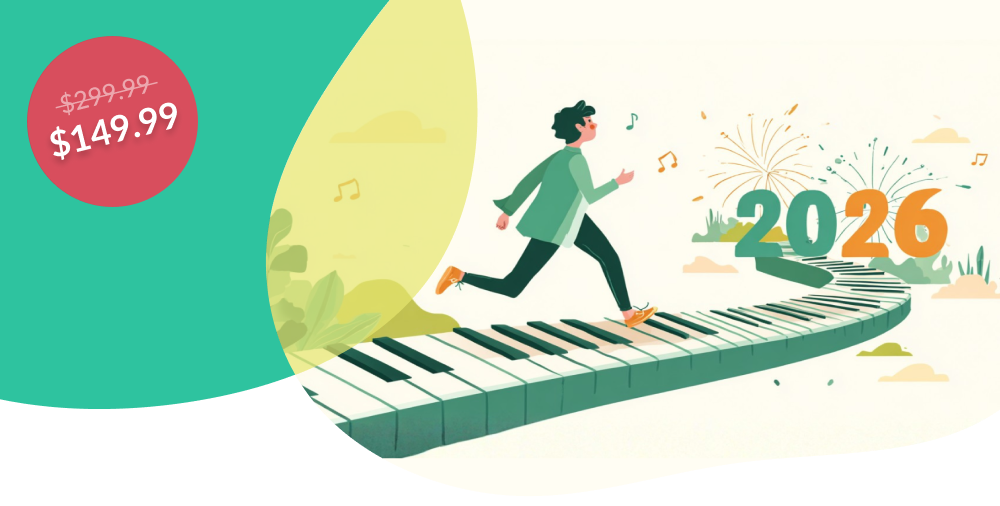Video tutorial
Learn to play “Candle In The Wind” by Elton John on piano. Start a free trial today to access the lesson! “Candle In The Wind” by Elton John is a timeless classic that pays tribute to Marilyn Monroe. Released in 1973 as part of the album “Goodbye Yellow Brick Road,” the song has become iconic for its emotional depth and melancholic melody. Elton John, a legendary artist known for his contributions to pop and rock music, composed this heartfelt piece that resonates with audiences worldwide. The delicate arpeggios and expressive dynamics in the song create a poignant and emotional atmosphere. This piano piece, with its chord progression in the key of E major, requires a mid-level skill set to master. Players should be familiar with chord transitions and have a good sense of dynamics to capture the reflective feel of the song. The ability to convey emotion through playing is crucial to do justice to the piece’s tribute to Marilyn Monroe and its melancholic essence.Introduction
- Fall in love with the music - Learn your favorite songs, at a level suitable for you.
- Enjoy interactive piano lessons - Explore courses covering music theory, technique chords & more.
- Get real-time feedback - Skoove's feedback tells you what went well and what needs practice.

Cheat sheet: “Candle In The Wind” by Elton John
| Artist | Elton John |
| Composer | Elton John |
| Key | E |
| Chords | E Major, A Major, B Major, G# Minor, F# Minor |
| Release year | 1973 |
| Genre | POP, ROCK |
| Difficulty level | Mid |
| Meter | 4/4 |
| Techniques | The song “Candle In The Wind” by Elton John features delicate arpeggios and expressive dynamics to create a poignant and emotional atmosphere. |
“Candle In The Wind” chords
The chord progression of “Candle In The Wind” by Elton John in the key of E major is: E – A – E – B – A – E – G#m – F#m This progression repeats throughout the song, giving it a melancholic and reflective feel. The song is a tribute to Marilyn Monroe, reflecting on her life and struggles, and has become a classic ballad.
Chords charts
The chords for “Candle In The Wind” by Elton John are:
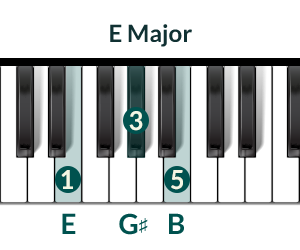
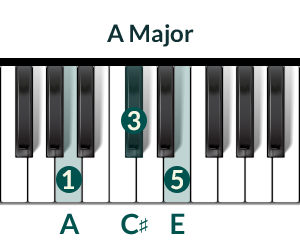
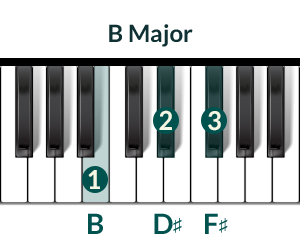
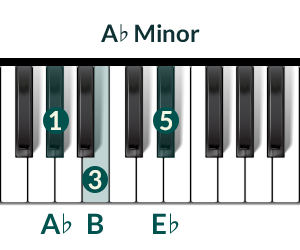
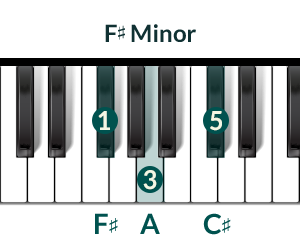
Lesson plan
Step 1: listen to the song
Listen to the song “Candle In The Wind” by Elton John a couple of times to get a sense of its overall structure and nuances.
Step 2: practice the “Candle In The Wind” chords
Take a look at the chord charts and practice playing those chords. Make sure that you’re paying attention to your hand positioning.
Step 3: try the tune in the right hand
Try playing the melody in the right hand only initially and get accustomed to it.
Step 4: learn the left hand accompaniment
Now take a look at the accompaniment in the left hand and get more familiar with that part.
Step 5: play both hands together
Once you’ve learned the song for both hands separately, you can try playing hands together. It’s helpful to start slowly and then increase tempo as you get more accustomed to playing both parts simultaneously. You can use the metronome in the Skoove app to help with this. Here are some intriguing facts about the iconic song “Candle In The Wind” by Elton John: Originally written as a tribute to Marilyn Monroe, Elton John’s moving rendition of “Candle In The Wind” commemorates the life and struggles of the beloved Hollywood icon. Released in 1973, “Candle In The Wind” became one of Elton John’s most successful singles, reaching the top of the charts in multiple countries and selling millions of copies worldwide. The song features a haunting chord progression in E major, contributing to its melancholic and reflective vibe. The blend of major and minor chords adds depth to the emotional impact of the music. Following its original dedication to Marilyn Monroe, “Candle In The Wind” was famously adapted by Elton John as a touching tribute to Princess Diana after her tragic passing in 1997, further solidifying its place in music history. Interesting facts
1. Tribute to Marilyn Monroe
2. Record-Breaking single
3. Musical composition
4. Everlasting legacy

Conclusion
By following this tutorial on “Candle In The Wind” by Elton John, you have learned to play a classic ballad with a beautiful chord progression in the key of E major. With the melancholic and reflective feel of the song, you have honed your skills in expressing emotions through music.
As you continue your piano journey, remember to explore more songs and techniques to further enhance your playing abilities. Each new song brings a unique challenge and a chance to grow as a musician.
Take your musical skills to the next level by signing up for more piano lessons. Embrace the joy of learning and mastering new songs, and become the pianist you aspire to be!
FAQs for “Candle In The Wind” by Elton John
The key of the song “Candle In The Wind” by Elton John is E major.
The tempo of “Candle In The Wind” by Elton John is 61.0 beats per minute.
The time signature of “Candle In The Wind” by Elton John is 4/4.
The song “Candle In The Wind” by Elton John is featured on the album “Goodbye Yellow Brick Road” released in 1973.
“Candle In The Wind” was composed by Elton John.
The primary chords used in “Candle In The Wind” by Elton John are E Major, A Major, B Major, G# Minor, and F# Minor.
The genre of the song “Candle In The Wind” by Elton John is pop and rock.
The difficulty level of playing “Candle In The Wind” by Elton John on the piano is categorized as mid-level.
Generated by AI with Verified Data Sources
This piano tutorial has been produced using an innovative AI process where we integrate data from respected sources like GetSongbpm API, the YouTube API, OpenAI API, and Perplexity API. Our approach carefully combines these resources to create structured, user-friendly piano learning content.”













